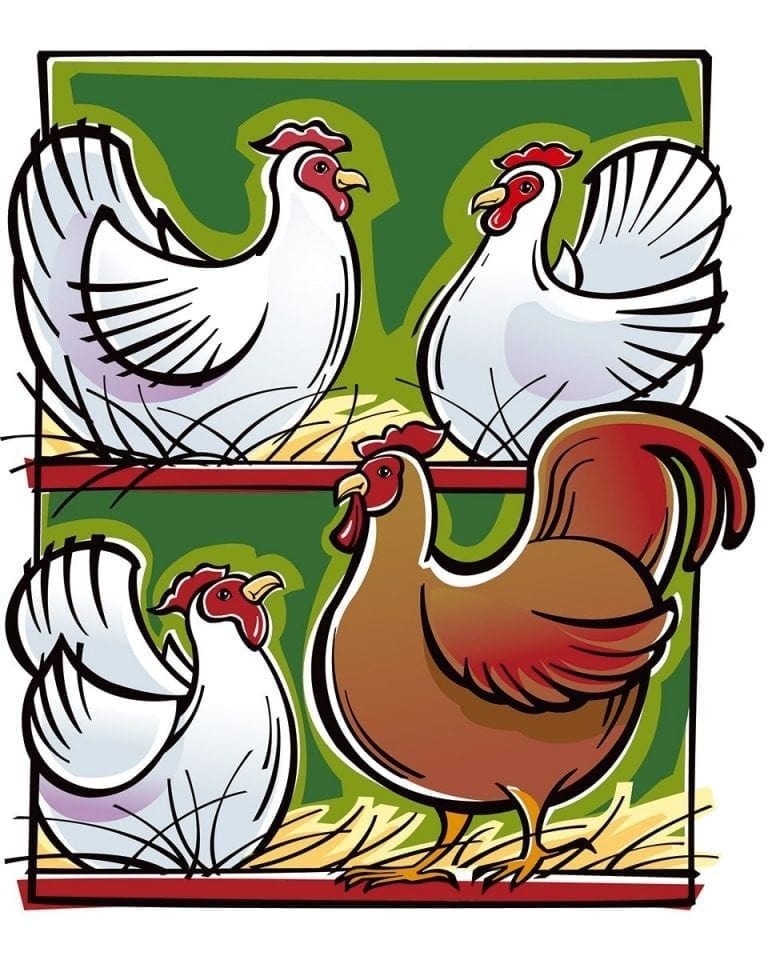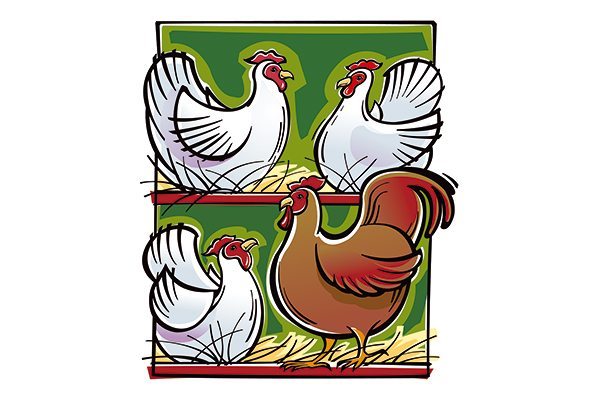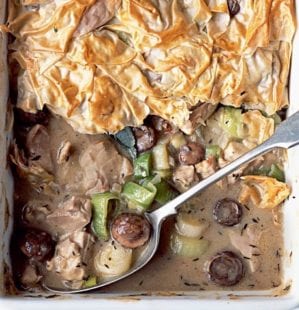The rant: We need to talk about chicken

September 2015
By Andrew Webb
Roast chicken was once a special and flavourful treat. Now, boneless, skinless chicken breasts are the magnolia wall paint of the meat world. How has this noble bird been laid so low?
Do you like chicken? Of course you do. Everyone does, right? What does it taste of, then? Close your eyes and describe its flavour and aroma. Not that of gravy, or the spicy sauce slathered on it, or the crisp texture, but the actual taste of proper chicken? Tricky isn’t it?
Here’s why: the average age at which a standard store-bought chicken in the EU is slaughtered is just 42 days. These birds are bred to gain weight quickly and because they don’t have a chance to fully mature, they never develop proper muscle – or flavour. It takes less time for a chicken to go from hatching to slaughter than it does for you to have a pair of curtains made to order. And far from being the lean choice we may think it is, cheap chicken now has almost three times as much fat as it had in 1970. A 2009 study at London Metropolitan University found that 45 years ago chicken had 8g fat per 100g serving, while today it has more than 22g per serving; that’s twice the amount in a portion of ice cream (while the amount of protein has declined by a third).
How, dear reader, has our chicken become nothing more than a texture, a carrier for other obfuscating flavours? Few food products make me as mad as ‘dishes’ that feature skinless boneless chicken breasts. Thick skin and strong bones are where the flavour is, for crying out loud. The worst of these sorts of dishes are things like pesto chicken. Punchy pesto is designed for bulky bland foods like… pasta! When chicken has become so bland, flabby and tasteless you have to smear it in a gloopy sauce for it to taste of anything, you know something’s wrong.
A few years ago, consumers were outraged about the horsemeat scandal, after which sales of cheap burgers and meals featuring mince fell dramatically. Yet in July 2014, when secretly taken footage showed raw chickens lying on filthy factory floors, and subsequent tests by the Foods Standards Agency (FSA) found 8 out of 10 birds were infected with the bacteria campylobacter, people kept buying chicken. A further FSA investigation, in May 2015, found that 73 per cent of chickens tested positive for the presence of campylobacter. Is infected chicken the ‘new normal’? Instead of consumers applying pressure to producers and retailers to improve processes, we let them ‘address the problem’ by attaching a little sticker that reads ‘Don’t wash poultry’. That’s it, a sticker.
You obviously love good, tasty, well-produced food; that’s why you read delicious. So I want to end on a positive note about how good chicken can be. The best chicken I’ve eaten was a 100-day-old bird. It tasted of chicken. It needed slow cooking. It fed eight of us and its large and meaty thighbone was nearly six inches long.
When it comes to cheese or beef, we accept that time is an ingredient that ages and deepens the flavour.It’s time we started to demand that for chicken. Who’s with me?
Do you think Andrew has a valid point or do you take a different view? Let us know in the comments.
Subscribe to our magazine
Food stories, skills and tested recipes, straight to your door... Enjoy 5 issues for just £5 with our special introductory offer.
Subscribe
Unleash your inner chef
Looking for inspiration? Receive the latest recipes with our newsletter




